Introduction
At the Internet Society Foundation, we believe in the power of the Internet to connect, empower and benefit people worldwide. This guide is designed to help our grantees share the impact of their work through powerful storytelling.
What is Impact?
Impact refers to the positive change(s) your project creates or contributes to. It's the collective effort you make on people's lives, communities, or the world.
What is Storytelling?
Storytelling is the art of communicating information through a narrative. It's about connecting with your audience on an emotional level and making your message memorable.
Storytelling has the power to engage, influence, teach, and inspire listeners.
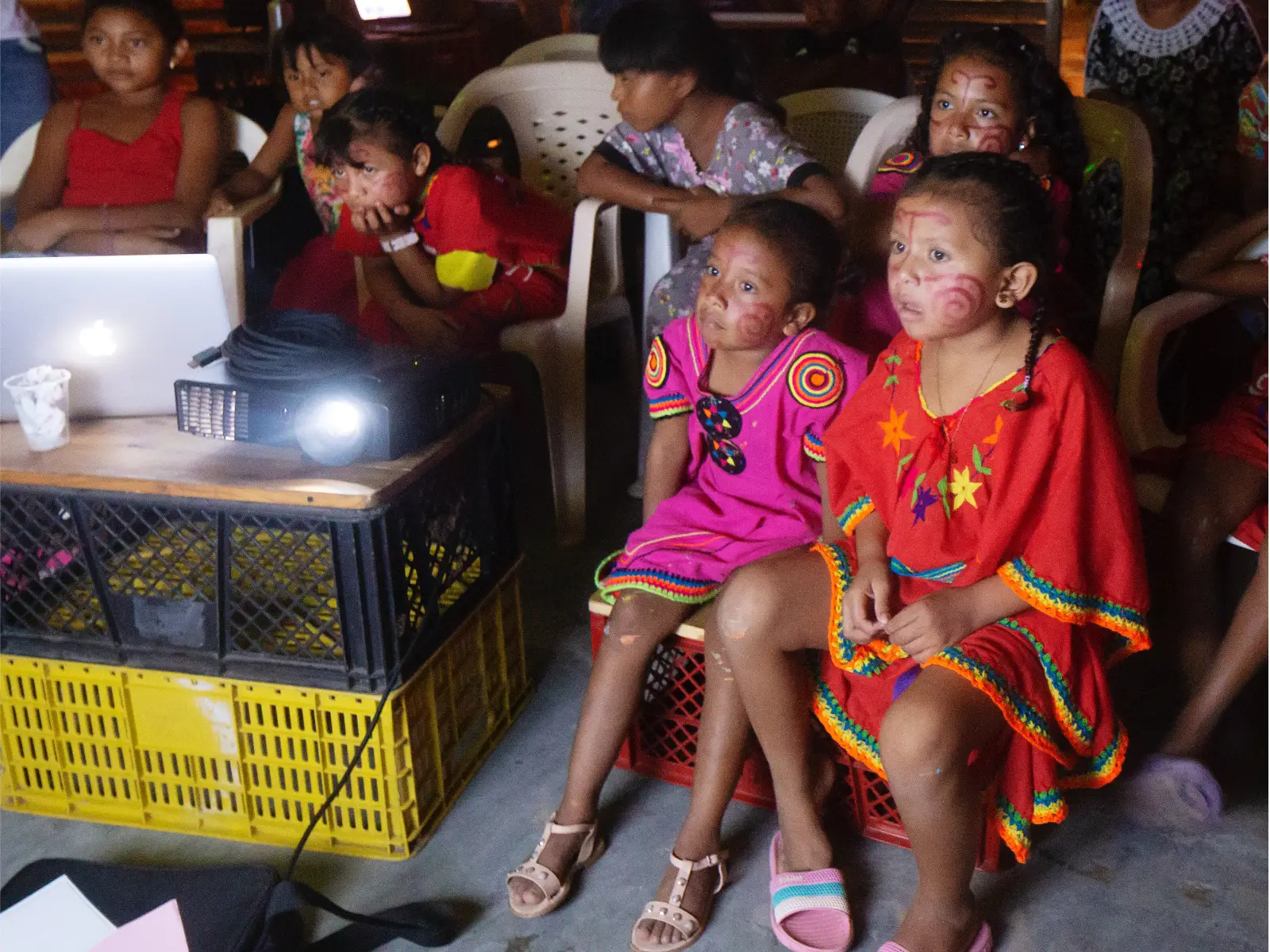
What is the objective of the story?
- Design and iterate
- Share progress and the journey so far
- Inspire action
- Advocate
- Learning
- Brand awareness / accountability
Strategic Story Cycle Diagram
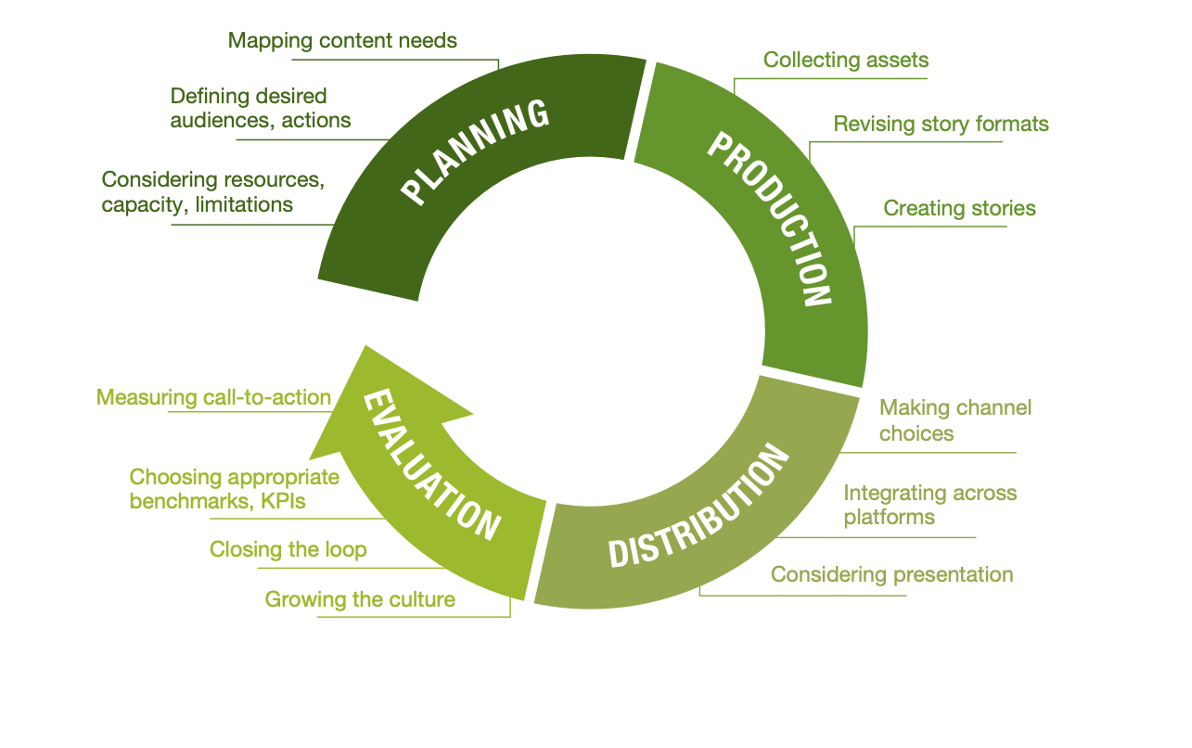
Making it Simple
Focus on the core message or takeaway of your story. Keep it simple and straightforward to ensure your audience understands the impact and significance of the project.
2 – Engagement
Use language that resonates with your audience and evokes emotion. Create a connection by highlighting the human element of your story — share personal anecdotes, quotes, or testimonials that bring the project to life.
3 – Visualisation
Incorporate visuals, such as photographs, infographics, or videos, to enhance the storytelling experience. Visual elements not only capture attention but also provide context and illustrate key points.
4 – Consistency
Maintain consistency in your messaging across different platforms and mediums. Whether it's a web post, a social media update, or a video script, ensure that your storytelling remains coherent and aligned with the overarching narrative of the project.
The Power of Why, Who, How and What
When crafting your impact story, focus on four key elements:
Why
Explain the problem your project addresses and why it's important.
Who
Introduce your main character (this could be an actual person, group of people, or a persona that represents your target participant), highlighting their challenges and aspirations.
Why
Describe what you’re doing to address this situation.
What
Describe the solution your project offers and the positive change it creates for people and communities.
Story arc
Beginning
Why/Who
States why the problem is important and the human angle - your character.
It's important to include a hook.
Middle
How
It has to show a trajectory – how you will get between the beginning and end – the arc.
End
Conclusion
Demonstrates the solution and its positive effect on people.
It helps to connect emotionally.
Tips for effective storytelling
- State the challenge, explain the project/solution and display the impact it had.
- Focus on the human connection. Share personal stories of the people your project helps.
- Use clear and concise language. Avoid jargon, acronyms, and technical terms.
- Show, don't tell. Use visuals like photos, infographics, or short video clips to illustrate your impact where you can.
- Be passionate! Your enthusiasm will be contagious.
- Proofread and edit your content carefully before sharing.

Storytelling formats
Your impact story can be told in various formats, depending on your audience and platform. Here are some popular options with examples:
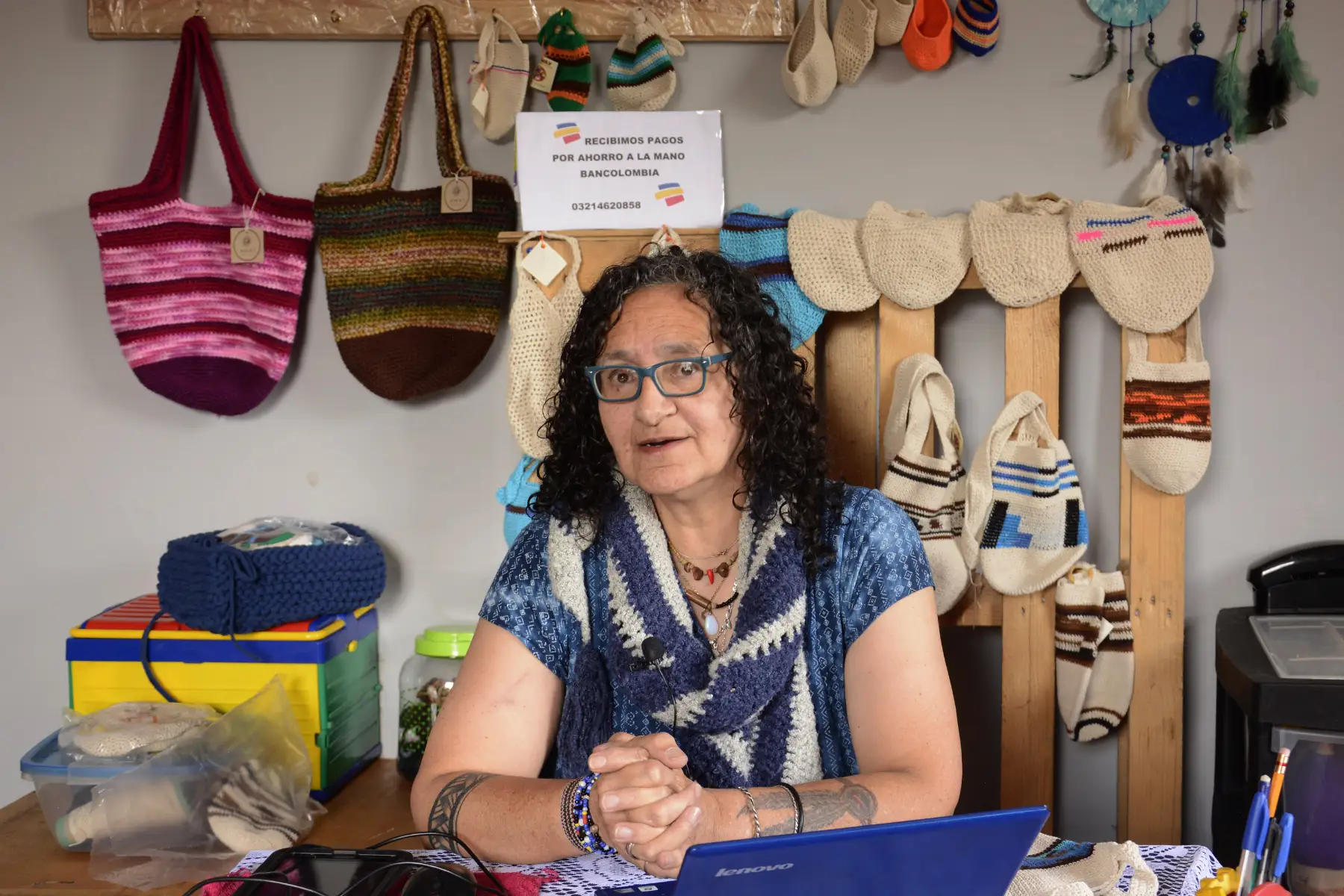
Web posts
Headline: Catchy and informative. Ex: "Bridging the Digital Divide: How Rural Schools Got Connected."
Content: Focus on the "Why" and "What" of your project. Briefly explain the problem, introduce a beneficiary (who), and showcase how your project (what) made a difference.
Include a call to action: Encourage readers to donate, volunteer, or learn more about your work.
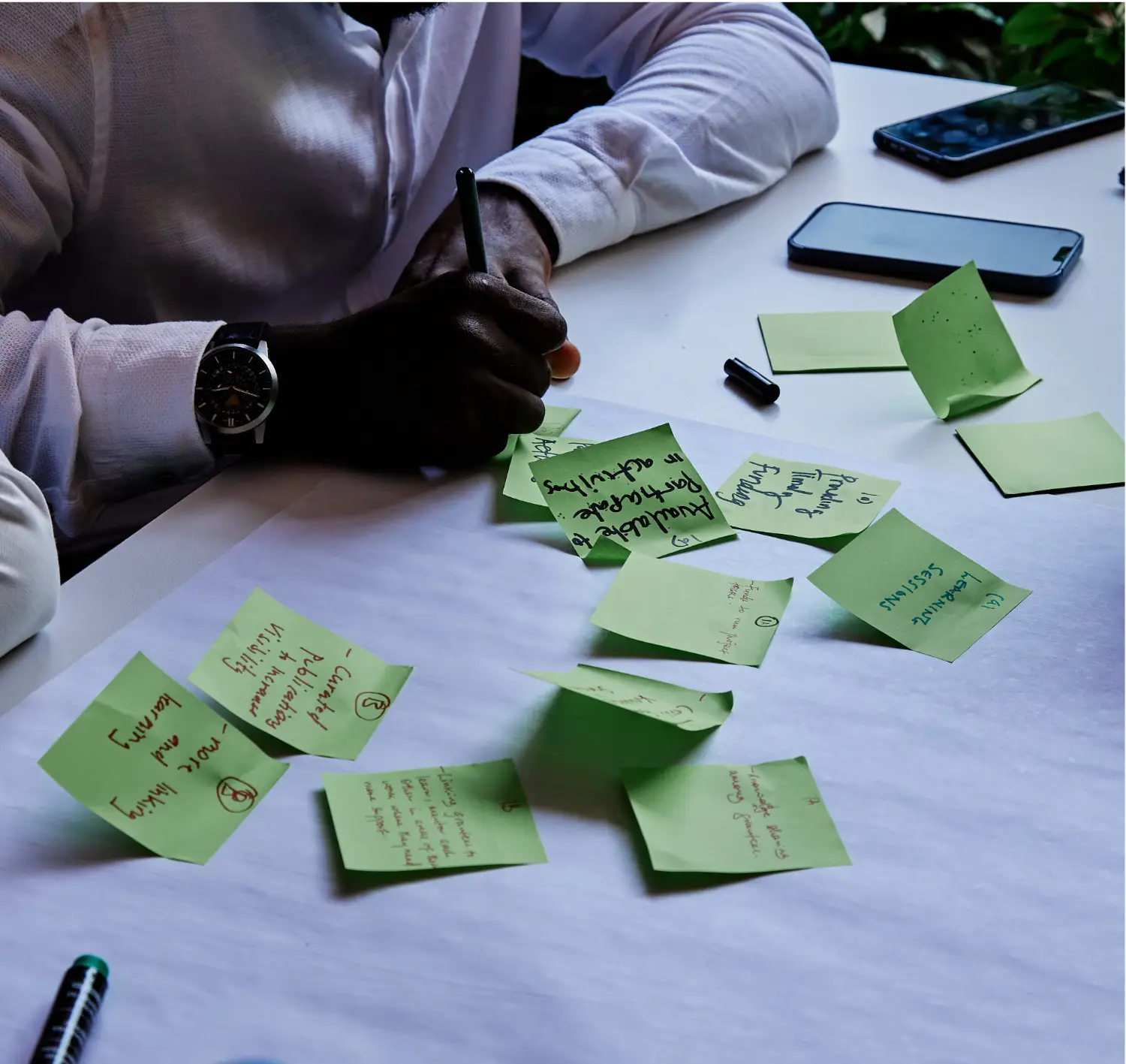
Social media posts
Keep it concise and visually engaging.
Use powerful statistics or quotes from your beneficiaries.
Include relevant hashtags to reach a wider audience.
Platforms like Twitter/X or Instagram might favor images or short videos.
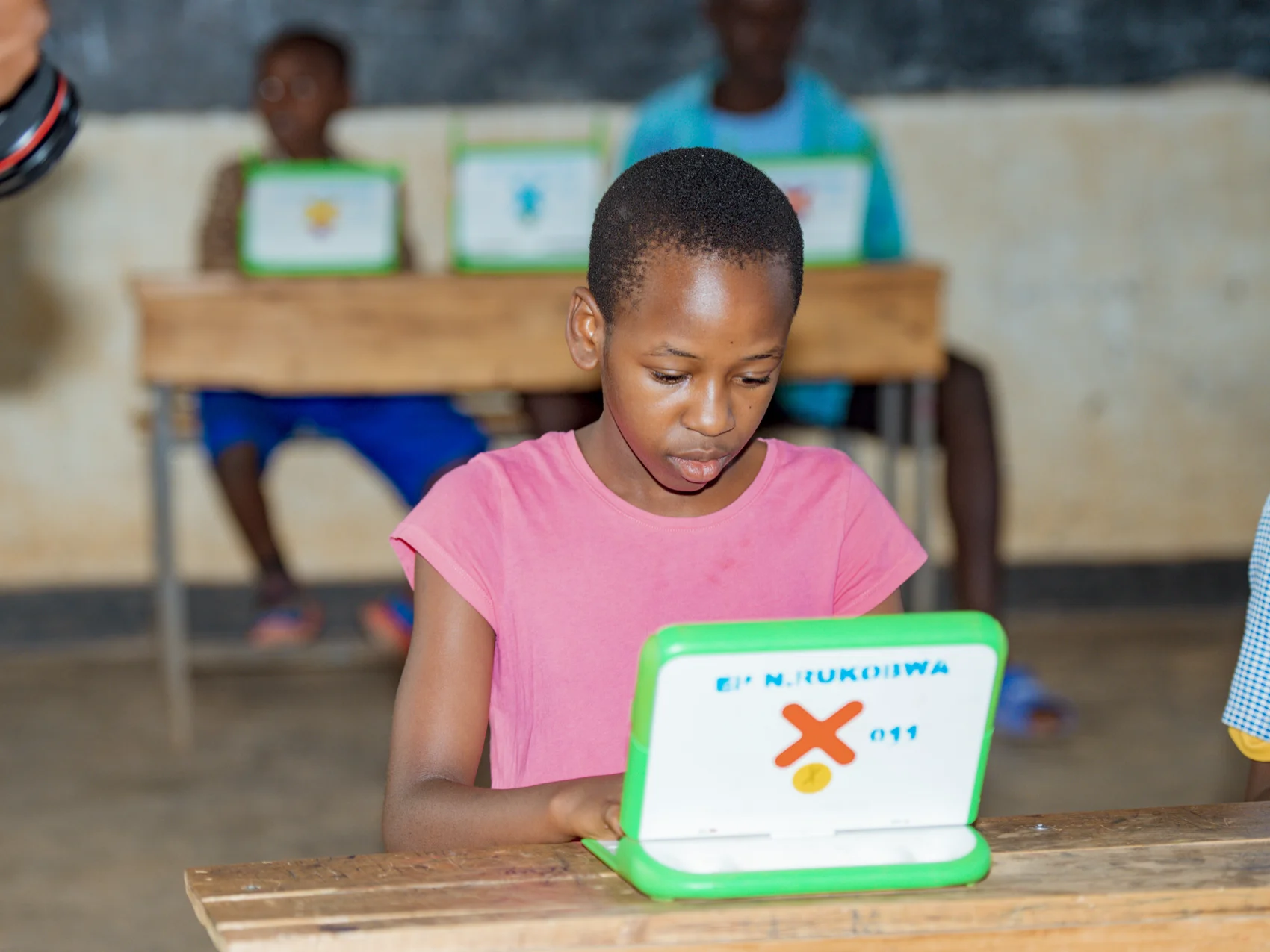
Video scripts
Videos can be incredibly impactful.
Structure: Start with the "Why," introduce the "Who" with compelling visuals and interviews, and showcase the positive change ("What") brought by your project.
Ensure good audio and video quality.
Ethical storytelling
It is not your story
The contributors to the story are equal partners and should be treated as cocreators, rather than passive interviewees. They are the experts in their stories.
Do no harm
The safety and well-being of individuals and their communities should always come before any other goals, including advocacy. If there is potential to harm someone’s safety, reputation, or community, it is best to avoid sharing the story.
People are multi-dimensional
Crafting a story within a few minutes can be challenging. This often results in one-dimensional stories casting individuals as helpless victims. It's important to consider how you can present your contributors multi-dimensionally, highlighting their strengths, achievements and potential alongside their challenges.
Consent is more than paperwork
Ensure that contributors fully understand and agree to the purpose of the story and how it will be used and shared. Make sure to obtain written consent to use someone’s story and likeness (photo/video).
Source: Canva Workbook
Resources
CANVA (most non-profits/NGOs are eligible for a free premium account)
Storytelling guide for Nonprofits
UK Government Communications Service Comms Evaluation Framework
Communications contact
If you have any questions, please contact our Office of Communications:
Email
[email protected]
